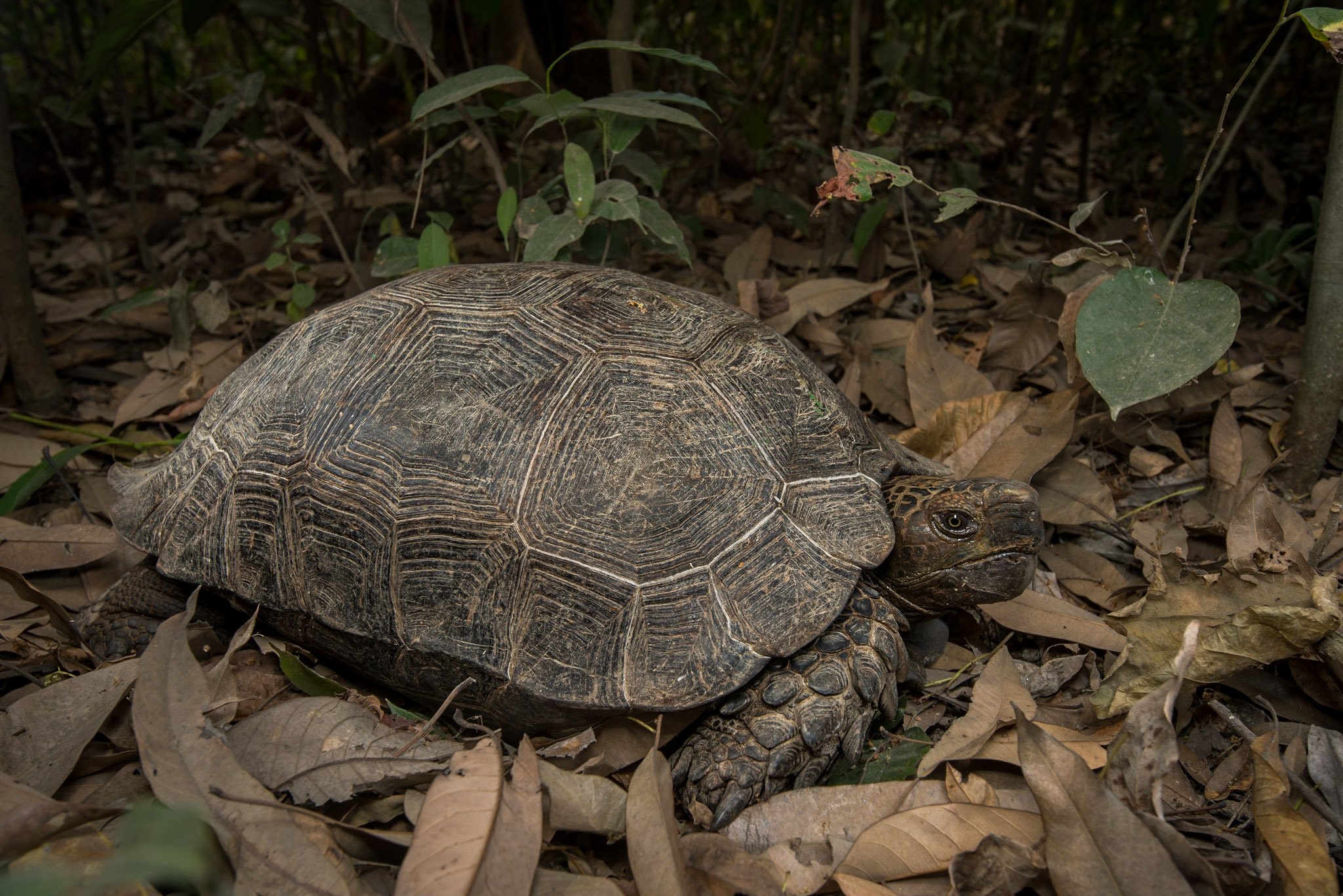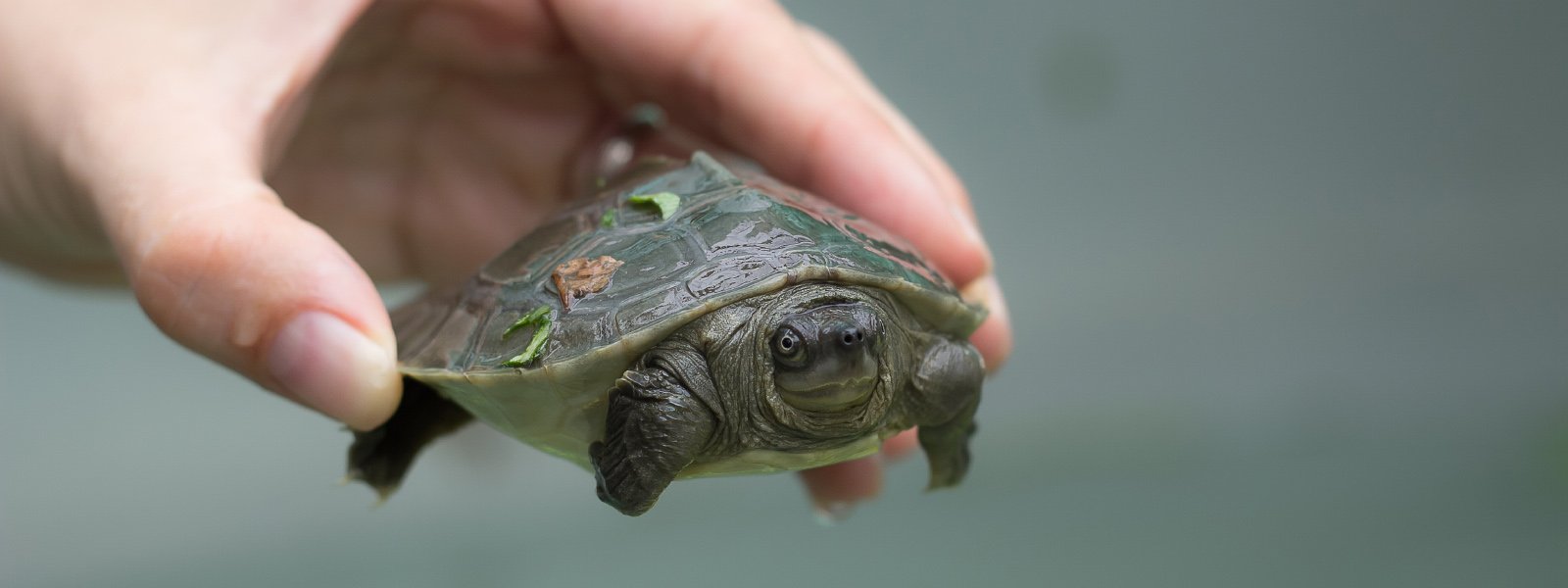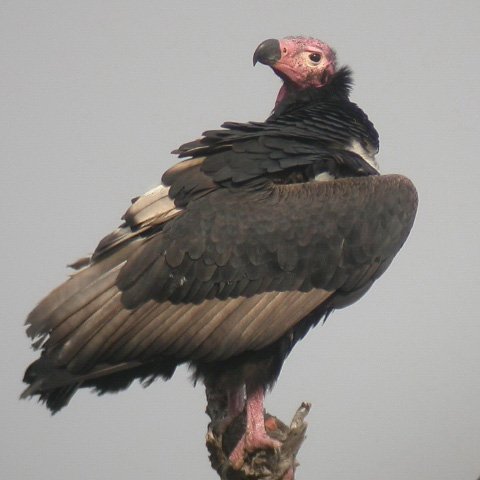Wildlife Conservation Society (WCS)

Mission statement
Over the past century, Wildlife Conservation Society (WCS) has established long-term conservation presence in the last wild places across the Americas, Africa, Asia, and Oceania, built strong and trusting partnerships, and acquired a depth of knowledge that ensures effective conservation action. We protect these last wild places because they are intact, biodiverse, most resilient to climate change, and bastions for large, iconic wildlife species.
WCS's goal is to conserve the world's largest wild places in 16 priority regions, home to more than 50% of the world's biodiversity.
Follow us on social media
ASAP Species they are working to conserve
ASAP Partner since: 2017
Country focus: Global
News & Stories
Organisation: Wildlife Conservation Society
Country: Cambodia
Organisation: Wildlife Conservation Society
Country: Myanmar
Organisation: NatureLife Cambodia Organization
Country: Cambodia





























Organisation: Wildlife Conservation Society
Country: Myanmar